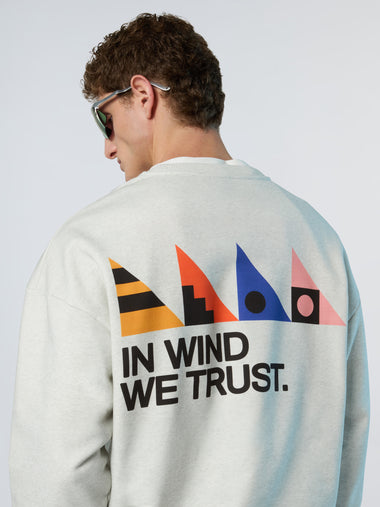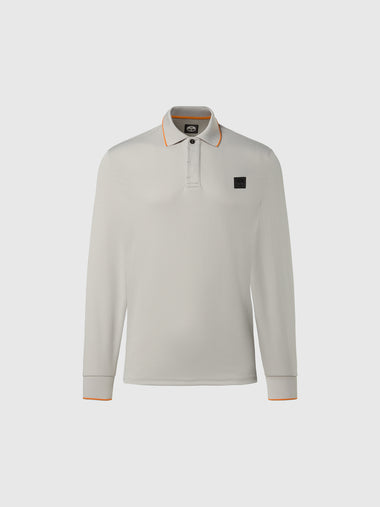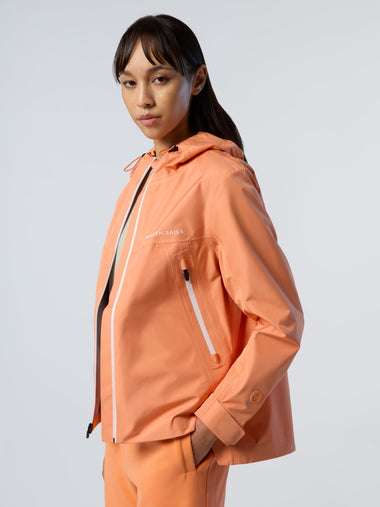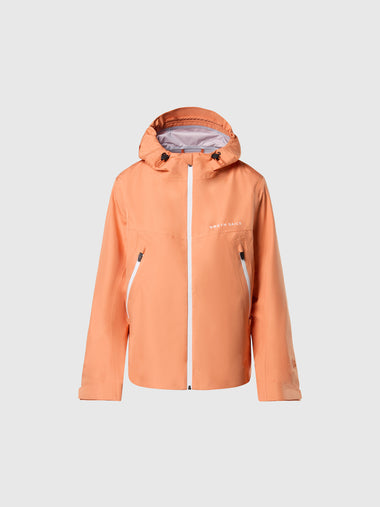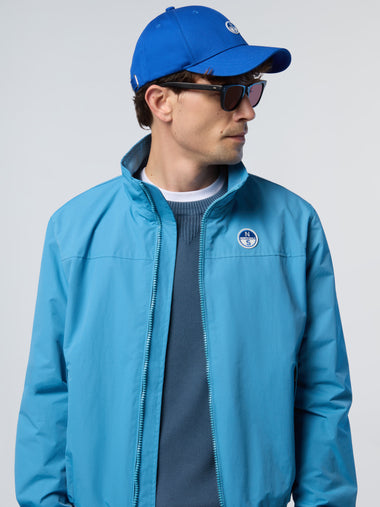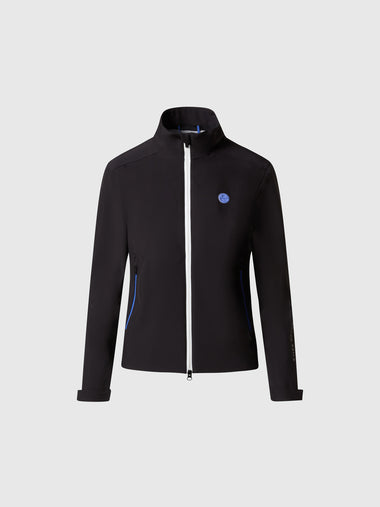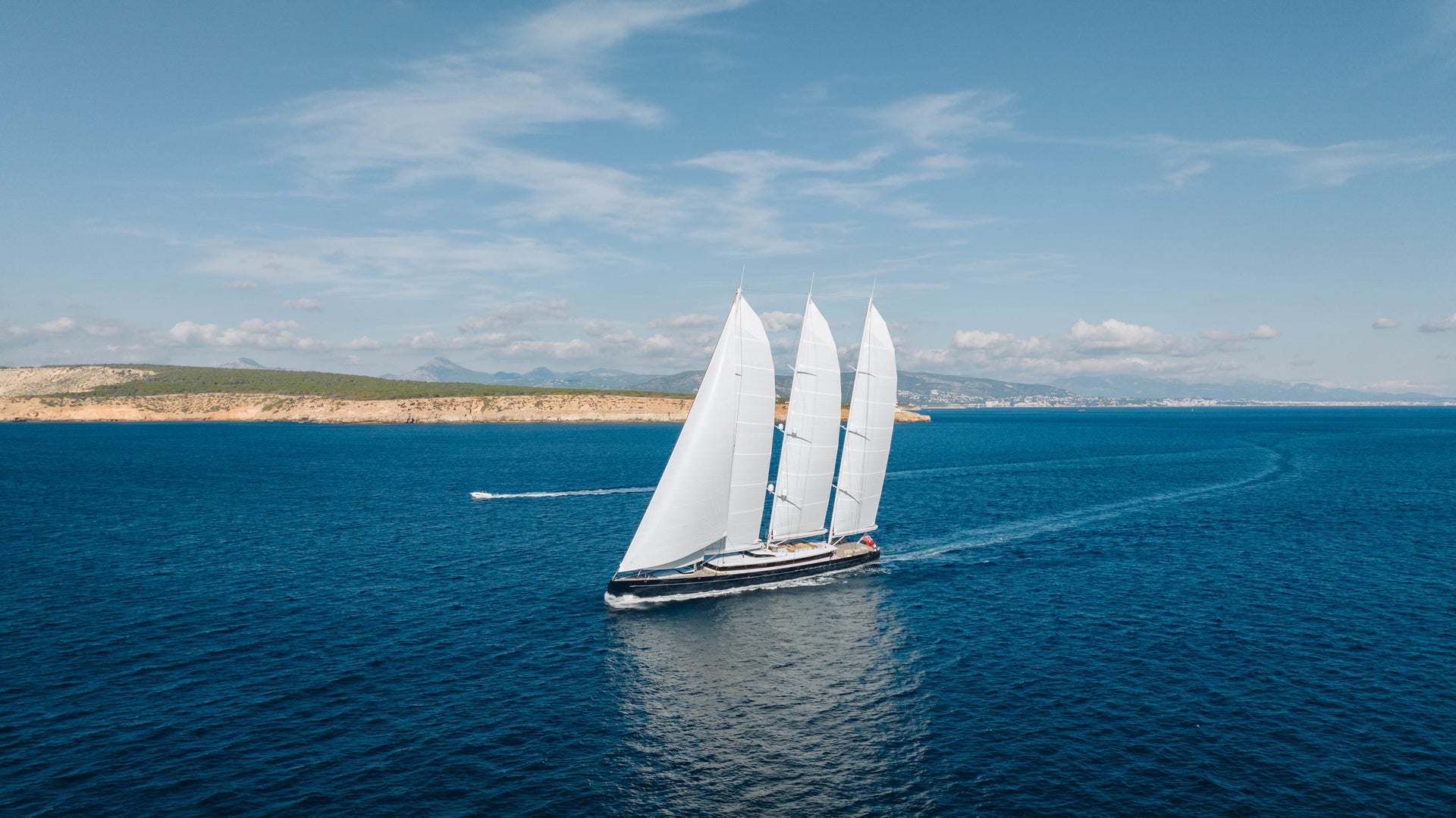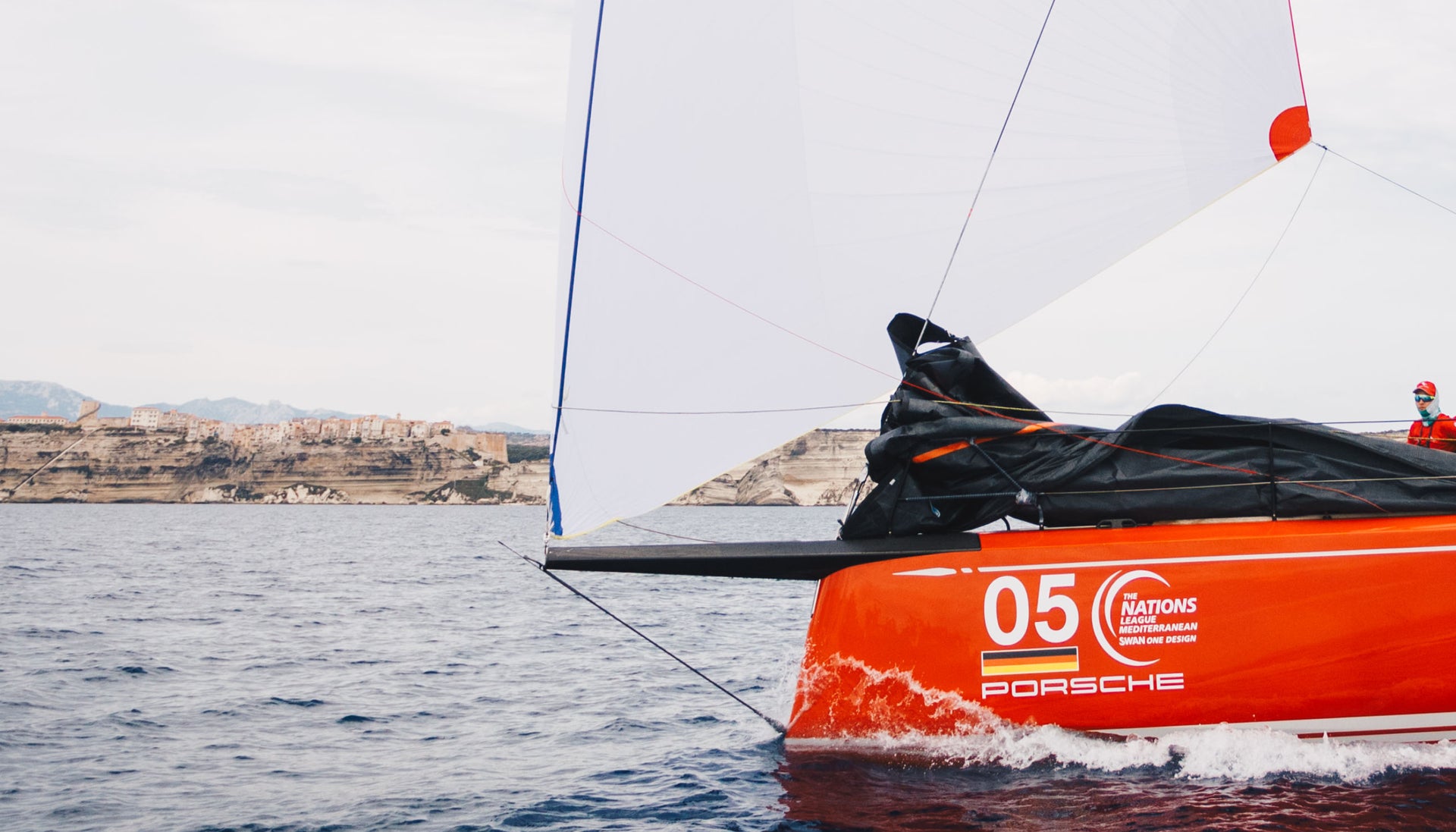2012: FIRST VICTORY FOR 3Di FORCE
2012: FIRST VICTORY FOR 3Di FORCE
The North Atlantic has never been a cake-walk for ocean racers, who historically encounter everything from 40-knot winds and high seas to the occasional floating container in the Bay of Biscay.
It was under grey skies and heavy conditions in the Atlantic that Groupama Ocean Racing proved a key tactical decision produced a great result, especially when combined with the perfect tool: North Sails 3Di FORCE.
The 2011-2012 Volvo Ocean Race fleet encountered a massive Atlantic storm during Leg 8 from Lisbon, POR to Lorient, FRA and there were many breakages. While fleet leaders onboard the Spanish entry Telefonica were paralyzed by not one, but two broken rudders in a row, it was the time to shine for Groupama. After essentially heaving-to during the storm’s worst point, skipper Franck Cammas led the crew in a decision to gybe at just the right moment and cruise into the lead. Groupama crossed the finish line first in Lorient to mark a French win in French waters that left sailors and fans equally elated.
“It’s a very good feeling for sure,” Groupama skipper Franck Cammas said. “It’s a dream we had 10 months ago and now we have made it a reality.”
The leg win brought their point score to 30, establishing a formidable lead ahead of the final leg into Galway, IRE, where Groupama achieved ultimate victory in the around-the-world quest.
Back on shore, the North designers on Team Groupama took note. That momentous gybe was carried out with an early generation 3Di FORCE sail, a staple of today’s VO65 downwind race inventory.
It’s interesting because while it started as an upwind sail technology, North Sails 3Di is flexible enough to address the needs of downwind sailing. What’s the difference, you ask? It’s all about sail loads.
Downwind sails built for offshore racing are loaded up toward the luff of the sail, whereas upwind sails see the greatest loads at the leech. Downwind sails have a broad and constantly changing apparent wind angle – the direction and point of sail they are intended to perform in – which is increasingly true as the sail area scales up. As always, weight is important and designers are challenged to make the sail as light as possible while still building in enough strength to accommodate all these needs. So long story short, downwind sails have a laundry list of tasks to achieve and many, many ways to be perfect.
3Di technology allows designers to fulfill these requirements by applying structure precisely where it is needed in the sail, and combine fiber types for bespoke material characteristics. Think composite over paneled construction, or for those of us less tech-savvy: paper maché vs quilted fabric.
Demanding a luff-loaded sail structure that asks for a very high weight to strength ratio, with appropriate resistance to stretch. That’s what was tested onboard Groupama in the 2011-2012 Volvo Ocean Race, and is now standard for offshore racers everywhere, including the one design fleet that set off last week for another lap of the planet. Ladies and gentlemen, we bring you 3Di FORCE.







